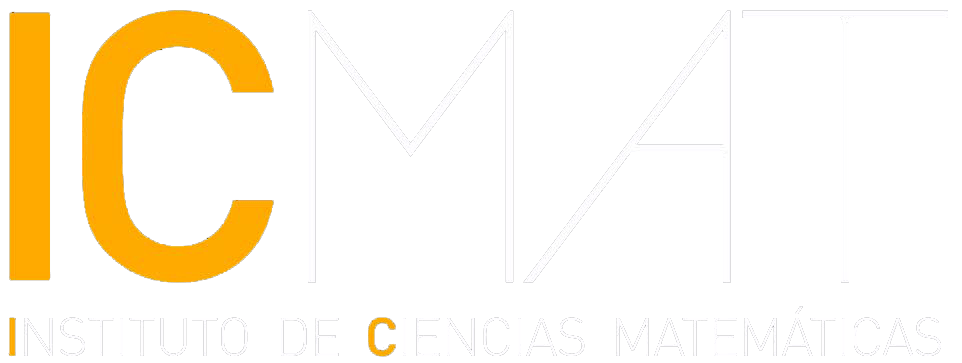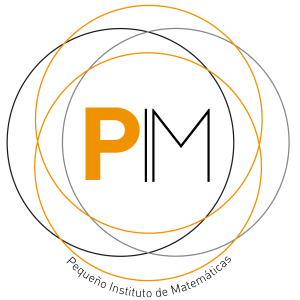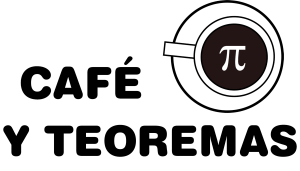Seminario Análisis y Aplicaciones
Fourier and Schur idempotents
Ponente: Javier Parcet (ICMAT)Fecha: viernes 04 de abril de 2025 - 10:00Lugar: Aula 520, Módulo 17, Departamento de Matemáticas, UAM
Resumen:
What happens to an \(L_{p}\) function when one truncates its Fourier transform to a domain? This is in the root of foundational problems in harmonic analysis. Fefferman’s celebrated theorem for the ball (1971) imposes that, to preserve \(L_{p}\) -integrability, the boundary of such domain must be flat. What if we truncate on a curved space like a Lie group? What do we mean by “boundary flatness” in that case? And if we truncate the entries of a given matrix? What happens with the singular numbers of it or with its Schatten p-norm?
We will fully characterize the local geometry of such \(L_{p}\) -preserving truncations for these apparently unrelated problems, in terms of a surprising lax notion of boundary flatness. The matrix ones are all diffeomorphic variations of a fundamental map: the triangular projection or matrix Hilbert transform. The Lie group ones are all modeled on one of three fundamental examples: the classical Hilbert transform, and two new examples of Hilbert transforms that we call affine and projective. This vastly generalizes Fefferman’s theorem to nontrigonometric and noncommutative scenarios. It confirms that Schur multipliers share profound similarities with Euclidean Fourier multipliers —even in the lack of a Fourier transform— and complete for Lie groups a longstanding search of Fourier \(L_{p}\) -idempotents. Joint work with M. de la Salle and E. Tablate.


